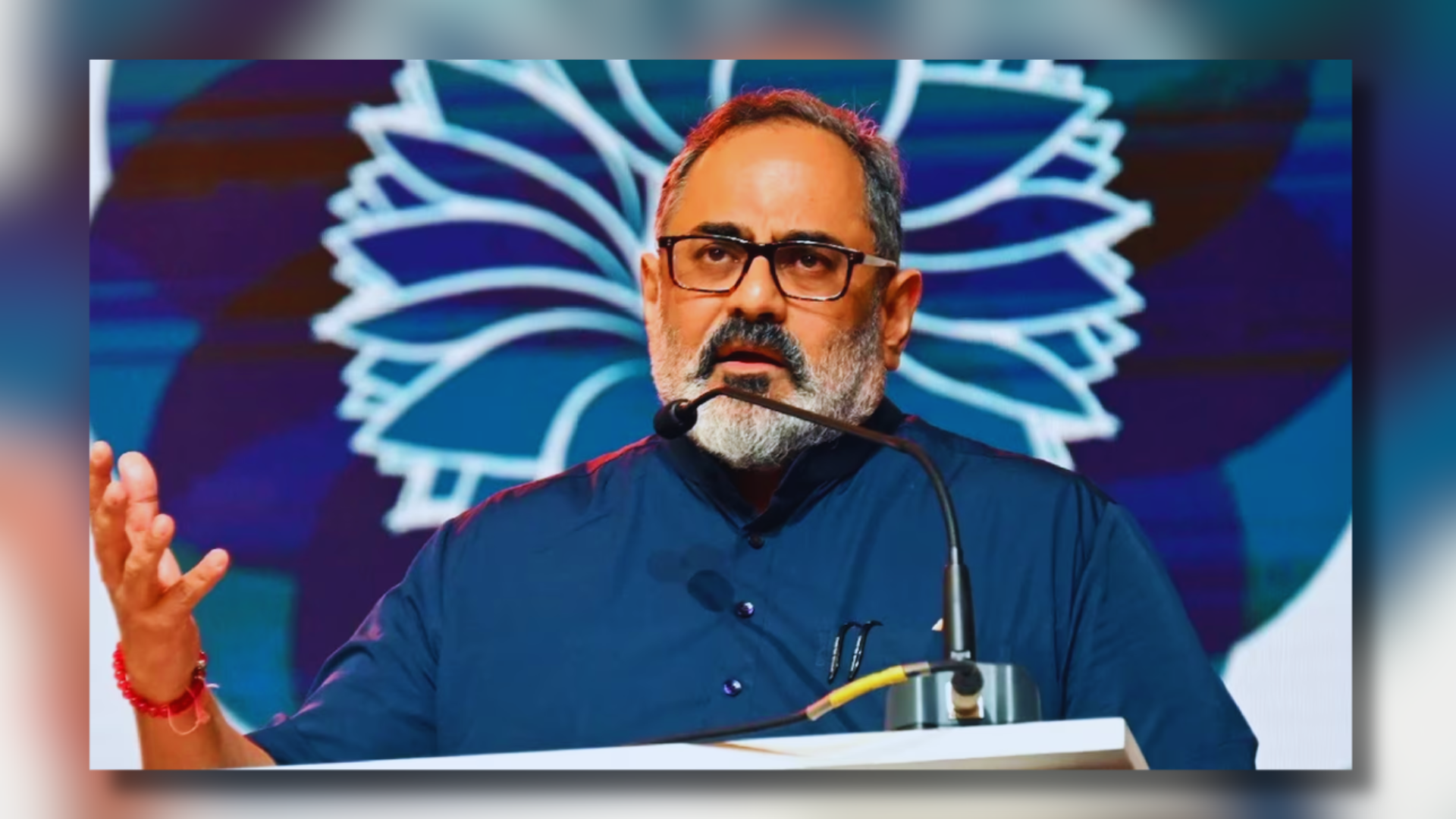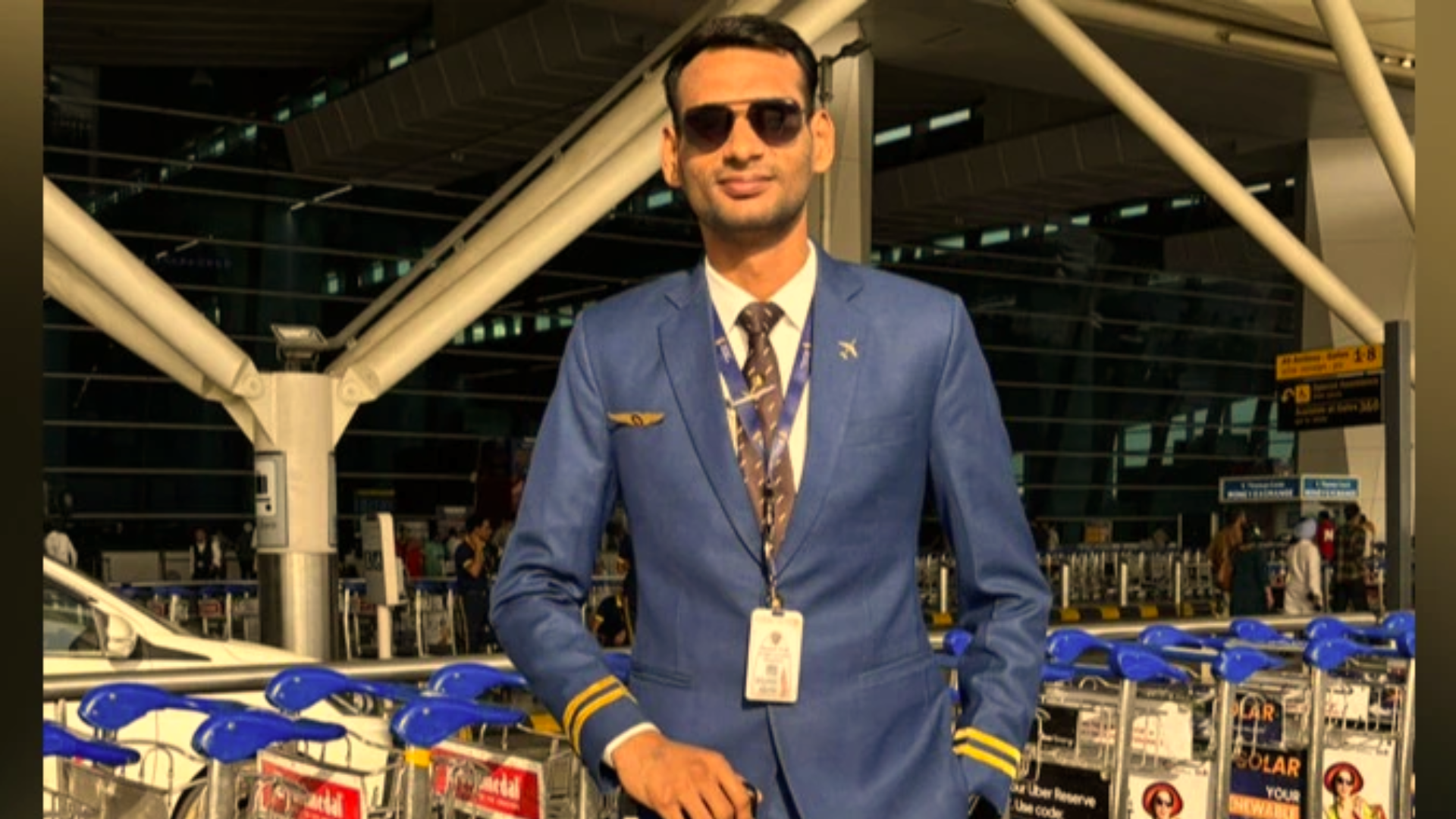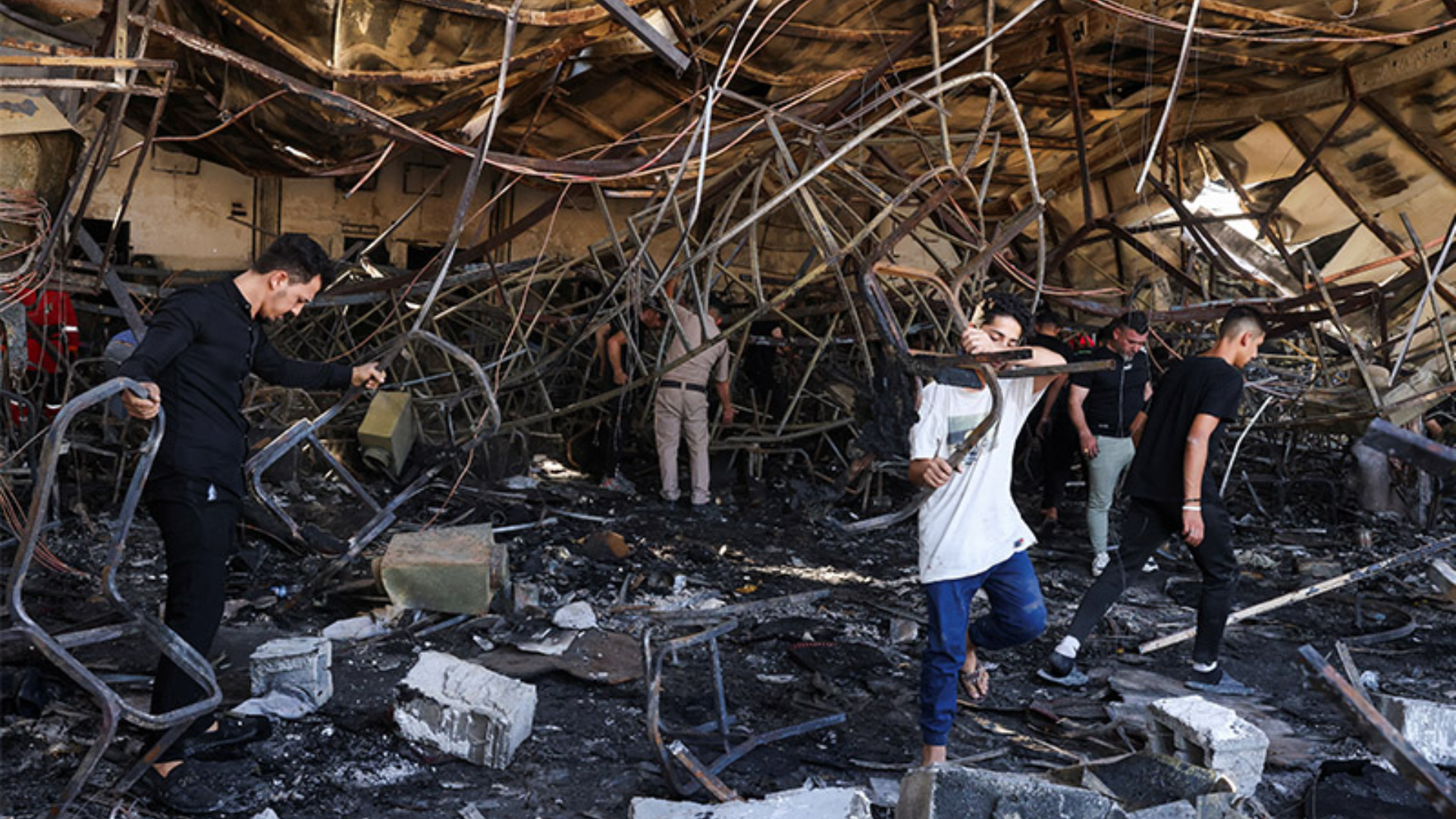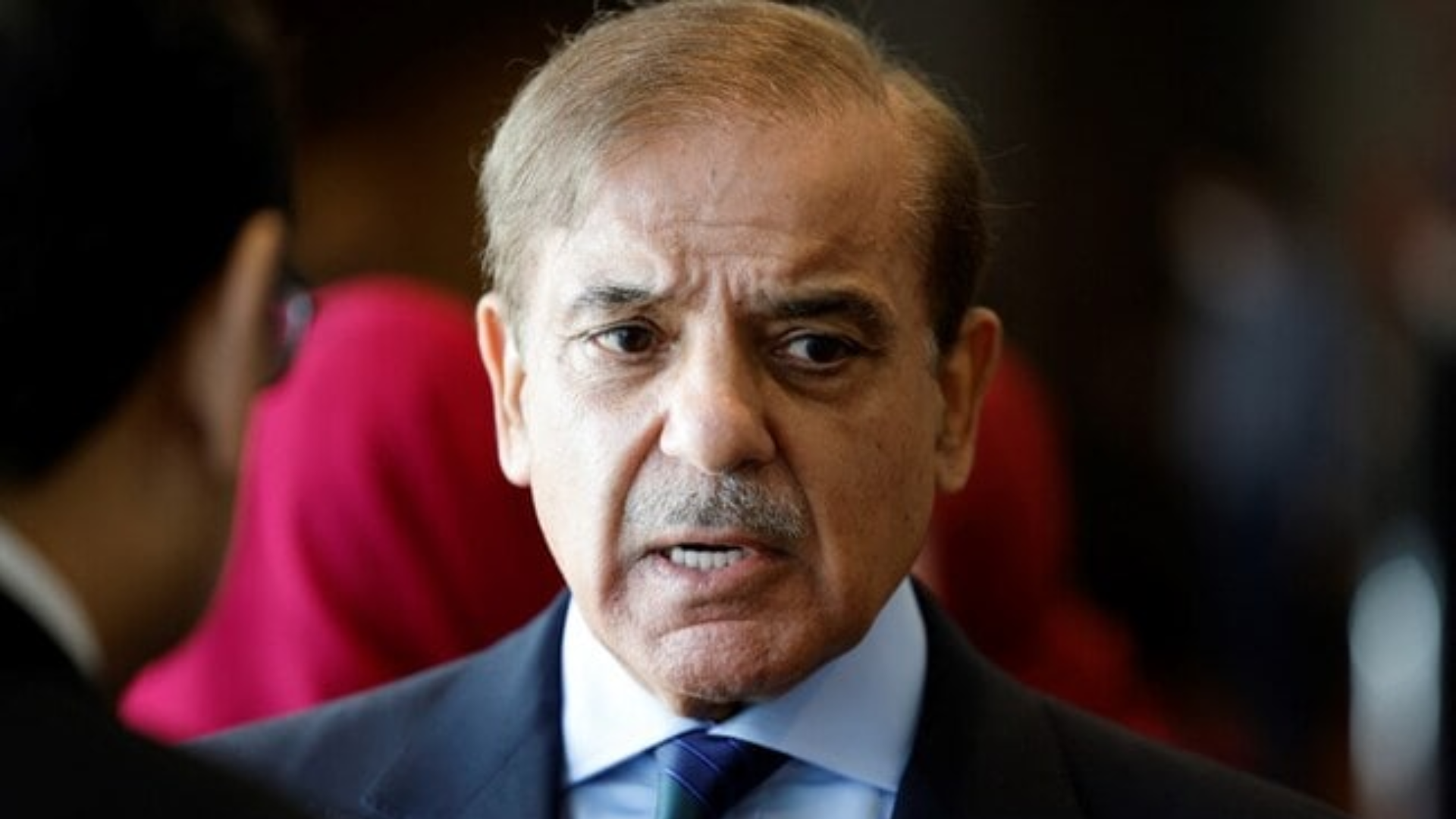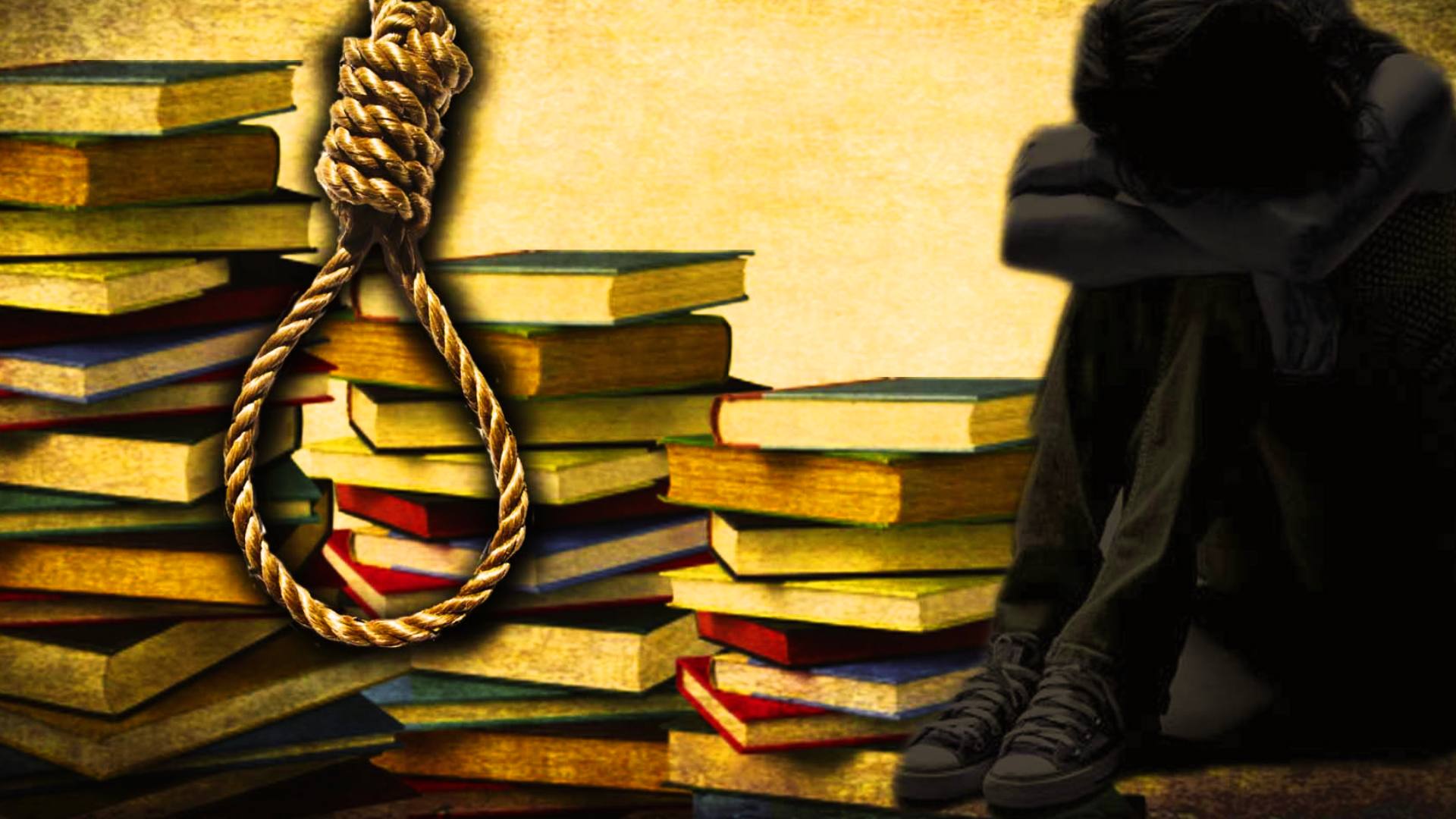






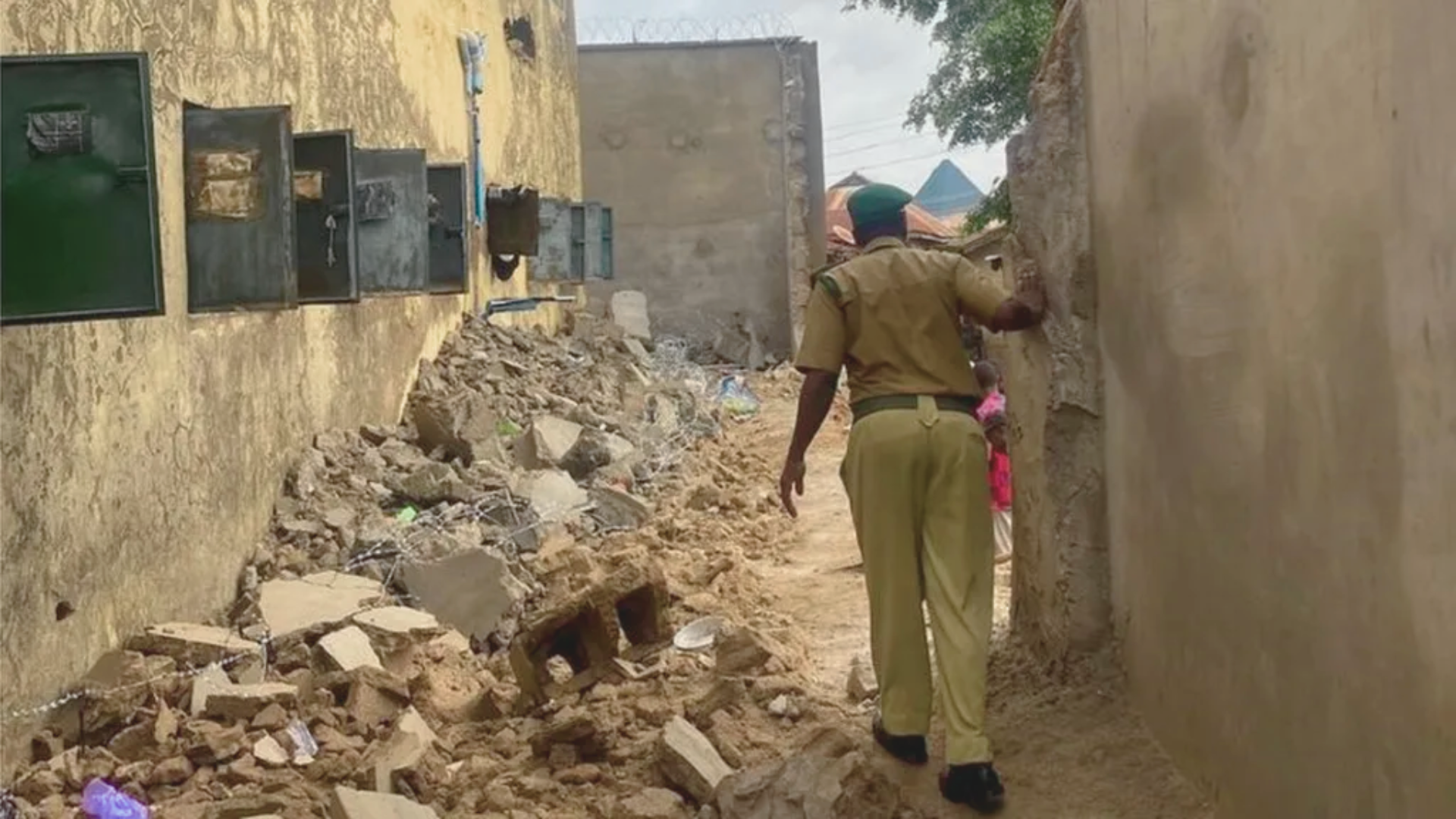
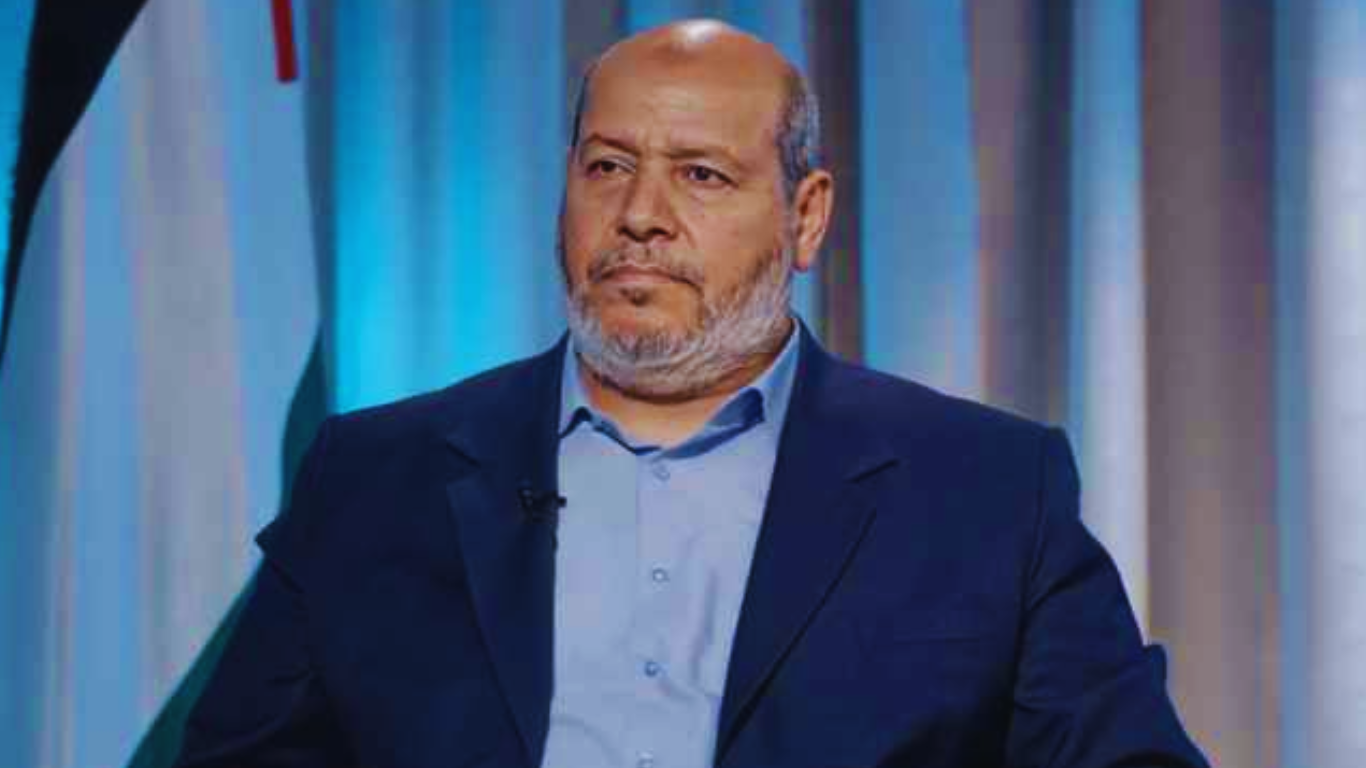
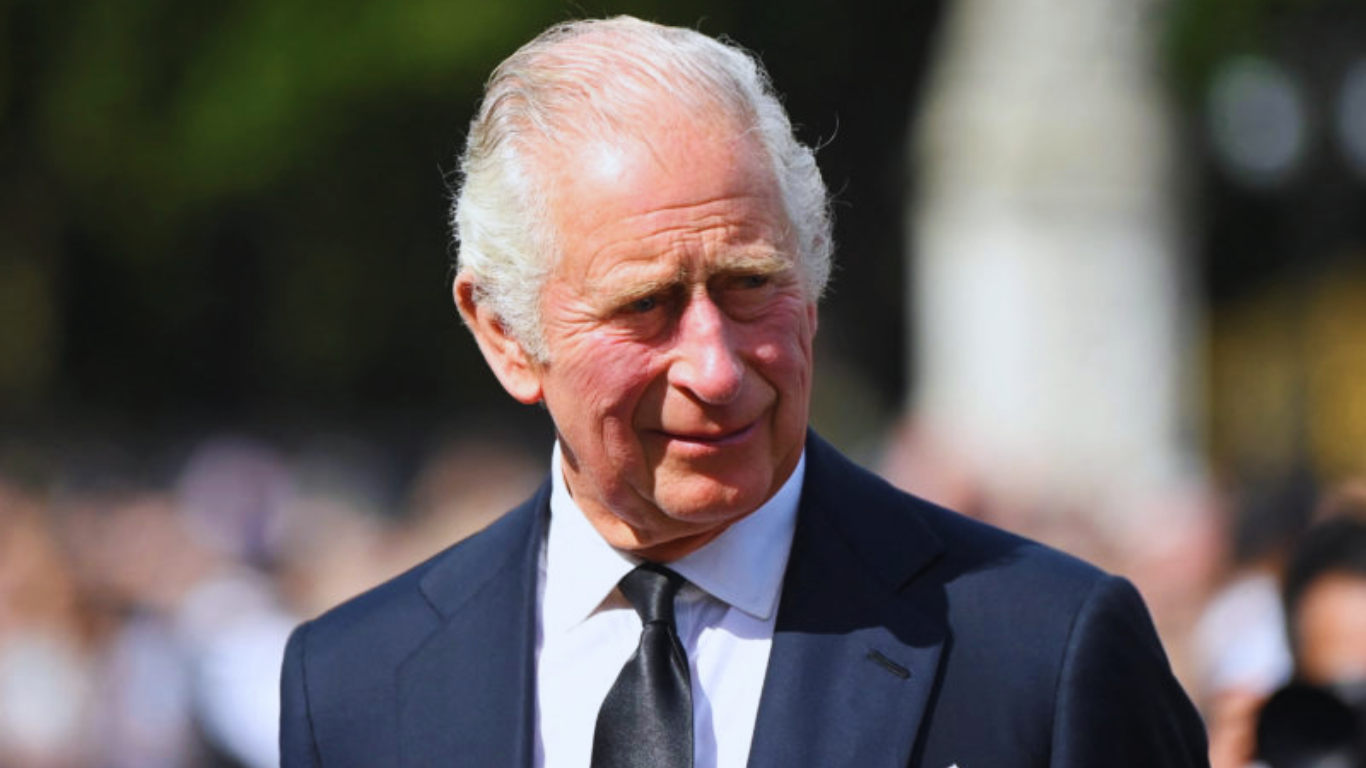
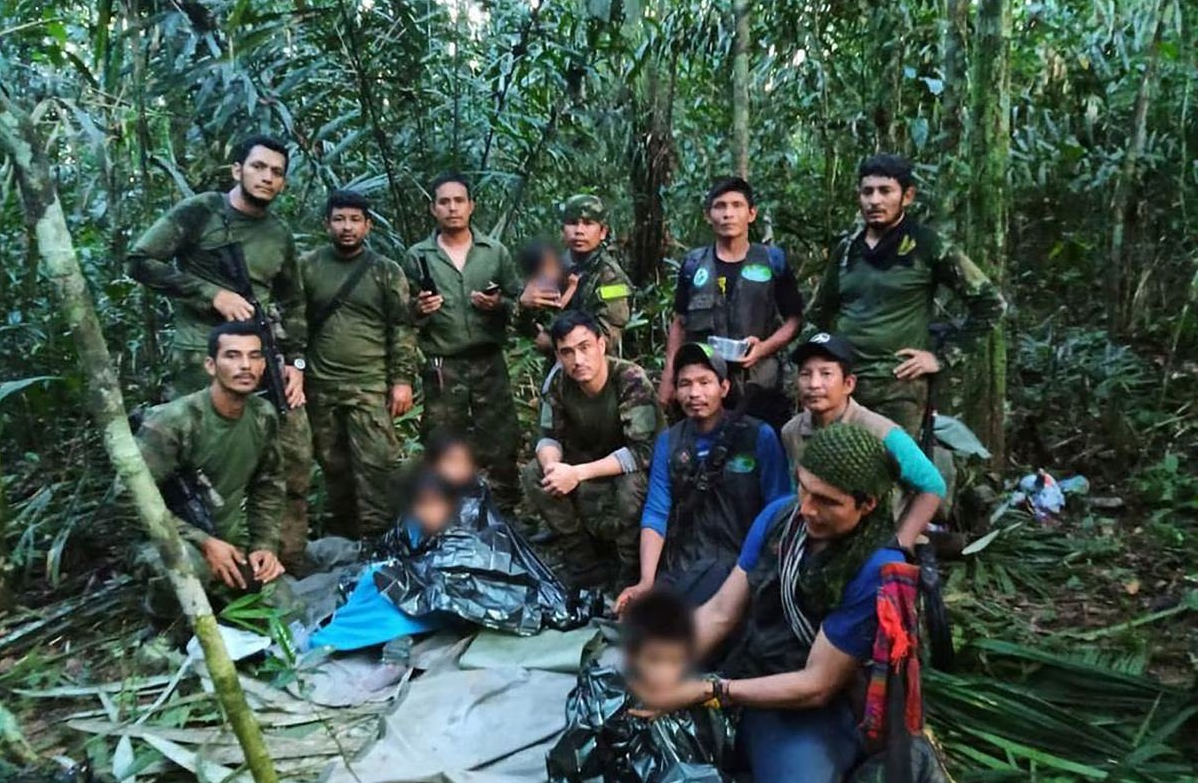
In an incredible display of resilience, four Indigenous children who survived a plane crash and endured 40 harrowing days alone in the Amazon rainforest have become the centre of a custody battle among their relatives. The siblings, aged 1 to 13, are currently hospitalized in Colombia, where the country’s child protection agency is conducting interviews with family members to determine their future care arrangements following the tragic loss of their mother in the May 1 crash.
The Colombian Institute of Family Welfare, headed by Astrid Cáceres, has assigned a caseworker to the children at the request of their maternal grandparents, who are competing for custody with the father of the two youngest siblings. The agency is carefully examining the situation, including the possibility of domestic abuse experienced by the children and their late mother.
“We are going to talk, investigate, learn a little about the situation,” Cáceres said, adding that the agency has not ruled out that they and their mother may have experienced domestic abuse. “The most important thing at this moment is the children’s health, which is not only physical but also emotional, the way we accompany them emotionally,” she said. Ensuring the children’s physical and emotional well-being is the top priority at this moment, as emphasized by Cáceres.
During a press conference, the grandfather, Narciso Mucutuy, accused Manuel Ranoque, the father of the two youngest children, of physically abusing his daughter, Magdalena Mucuty, stating that the children would seek refuge in the forest during fights.
Ranoque admitted that there were issues within the family but considered them private matters rather than something to be discussed publicly. He was asked whether he had attacked his wife, Ranoque said: “Verbally, sometimes, yes. Physically, very little. We had more verbal fights.”
After departing from the Amazonian village of Araracuara en route to San Jose del Guaviare, the Cessna single-engine propeller plane carrying the children and their mother encountered engine failure on May 1.
Following the pilot’s declaration of an emergency, the aircraft disappeared from radar, prompting a search for the four children and three adults who were aboard. For a duration exceeding one month, the children sustained themselves by consuming cassava flour, seeds, and fruits they encountered in the rainforest, which they were familiar with as part of the Huitoto Indigenous group.
Eventually, on Friday, they were located and transported by helicopter to Bogota, the capital city, and subsequently admitted to a military hospital. There, they have received psychological assistance and various forms of support. Officials have made deliberate efforts to provide culturally sensitive care, organizing spiritual ceremonies and ensuring the provision of food that aligns with the children’s customary practices.
While the children continue their hospitalization, where they receive psychological support and other necessary services, they have shared distressing details of their time in the jungle with their relatives. The oldest child, Lesly Jacobombaire Mucutuy, revealed that their mother survived the crash for about four days before passing away.
Recovery and healing for the children will involve providing them with a safe environment to openly discuss their experiences and emotions, such as grief or pride for their survival. Dr. Robert Sege, a paediatrician and director of the Centre for Community-Engaged Medicine at Tufts Medical Centre, emphasized that the processing of trauma can vary based on age and developmental stages.
“Our brains are always trying to make sense out of things,” Sege said. “And if we’re at different developmental stages, the way we make sense is going to be different.”
After an extensive search effort, the plane wreckage was discovered two weeks after the crash. While the bodies of the adults were found, there was no initial trace of the children, fuelling hopes that they might have survived.
Eventually, they were located in a small clearing approximately 5 kilometres (3 miles) from the crash site. The children’s resilience and the eldest sister’s remarkable ability to guide her younger siblings through the jungle have been commended by both relatives and officials.
“God forbid most teenagers get put into that position, but she clearly was able to gather her wits and figure out what needed to be done,” Sege said. “That’s really important to hold on to. The children, as they grow up, need to remember not just the tragedy but how they kept the baby alive.”

